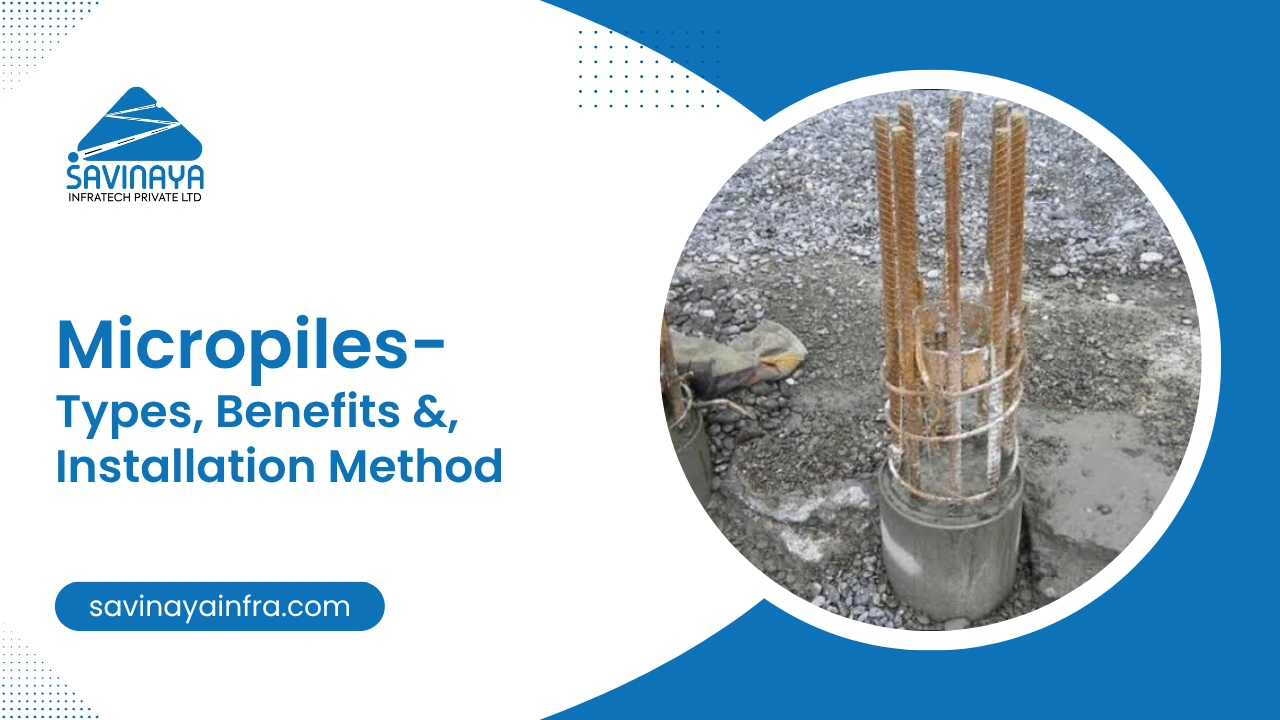Infrastructure, landscaping, and slope stabilisation projects often require strong and reliable solutions to hold back soil and prevent erosion. Two widely used options are gabion walls and retaining walls. While they serve a similar purpose, their materials, construction methods, and costs differ.
If you’re unsure about which solution fits your site’s requirements, this blog explains the differences, benefits, and cost considerations of both gabion walls vs retaining walls systems, and helps you make an informed decision.
Table of Contents
What Are Retaining Walls and Where Are They Used?
Retaining walls are structures built to hold back soil, prevent landslides, and manage changes in ground elevation. These walls are essential in both residential and large-scale infrastructure projects.
They are commonly found in:
- Highway embankments
- Basement excavations
- Landscaped terraces
- Industrial or commercial zones
Depending on the site and structural needs, RE wall construction (Reinforced Earth) or anchored systems like retaining wall soil nailing may be used for added stability.
Interesting Reads: How Do You Increase the Stability of a Retaining Wall with Soil Nailing?
What Makes Gabion Walls Unique?
Gabion walls are made by filling steel mesh cages with stones or aggregates. Their strength comes from the mass of the stone, while the mesh structure holds everything together. One of the biggest advantages of gabion retaining walls is their ability to allow water to pass through, which reduces pressure on the structure.
These walls are frequently used in:
- Riverbank erosion control
- Roadside slope support
- Landscape design projects
- Eco-sensitive zones
A well-thought-out gabion wall design not only supports the soil but also blends well with natural surroundings.
Gabion Wall vs. Retaining Wall: What Sets Them Apart?
While both types of walls stabilise slopes, the differences lie in their design and function.
| Feature | Gabion Walls | Traditional Retaining Walls |
| Construction Material | Wire mesh cages filled with stones | Concrete, stone, brick, or reinforced panels |
| Drainage | Naturally porous | Needs dedicated drainage solutions |
| Installation Speed | Quick and less equipment-intensive | Requires more time and skilled labor |
| Aesthetic | Natural and rustic | Engineered and uniform |
| Best For | Low to moderate loads, aesthetic projects | Heavy loads, engineered sites |
| Maintenance | Minimal upkeep needed | May require retaining wall repair over time |
Applications of Gabion Retaining Walls
Gabion walls work best in locations where both soil retention and water drainage are needed. They perform well in areas prone to erosion or near water bodies. Because of their natural appearance and lower cost, they’re also a popular choice in landscaping and eco-sensitive projects.
Key benefits:
- Cost-effective for low to medium-height walls
- Easy to install without heavy equipment
- Environmentally friendly
- Durable even in wet conditions
Interesting Reads: Soil Nailing for Rehabilitation of Reinforced Earth Wall Distress
Where Are RE Wall Construction and Engineered Retaining Walls Used?
For heavy-duty applications, traditional retaining walls or RE wall construction are preferred. These structures are designed to handle higher loads and more complex site conditions.
Examples include:
- Highway and railway embankments
- Commercial developments
- Areas with high water pressure behind the wall
- Tall soil retention structures
In steeper areas, retaining walls can be used along with concrete walls to strengthen the slope from within.
Cost Comparison: Gabion Walls vs. Retaining Walls
Gabion Wall Costs
- Lower material and labour costs
- Faster installation reduces overall expense
- Minimal maintenance over time
Retaining Wall Costs
- Higher material and labour costs due to engineering requirements
- Requires drainage systems and possibly reinforcement
- Retaining wall repair can add to long-term costs if not properly maintained
If your site does not need a high-load-bearing solution, gabion walls can be a smart, budget-friendly choice. For large infrastructure or tall slopes, investing in a strong retaining wall may be necessary.
When Is Retaining Wall Repair Required?
Over time, even the most well-built retaining walls can show signs of stress or wear. Some common issues include:
- Cracks or leaning
- Drainage failure
- Soil movement behind the wall
In such cases, professional retaining wall repair services may be needed to restore safety and function. Early maintenance helps avoid full reconstruction and additional costs later.
Interesting Reads: RS Wall Repair Techniques: A Comprehensive Guide
Why Choose Savinaya Infratech for Gabion Wall Needs?
At Savinaya Infratech, we specialise in designing and building durable, cost-effective gabion walls tailored to your site’s conditions. Our solutions are built with quality materials and backed by expert engineering to ensure long-term performance.
Here’s how we add value:
- Custom gabion wall design for different terrains
- Fast and reliable installation by trained teams
- Eco-conscious materials and methods
- On-site assessment and technical support
Whether you need gabion retaining walls for erosion control or landscaping, we deliver practical, long-lasting solutions that work.
Final Thoughts
Choosing between gabion walls and retaining walls depends on your site conditions, budget, and structural demands. While gabion walls are ideal for natural drainage and medium-duty applications, traditional retaining walls offer the strength needed for heavy loads and engineered projects.
Both have their place in modern construction, but what matters most is selecting the right solution for your specific needs. To explore safe, efficient, and cost-effective wall systems, reach out to Savinaya Infratech. Our team is here to guide you with proven experience and professional support.


